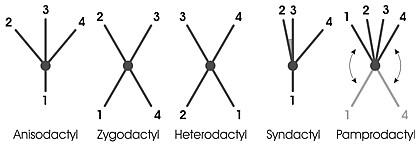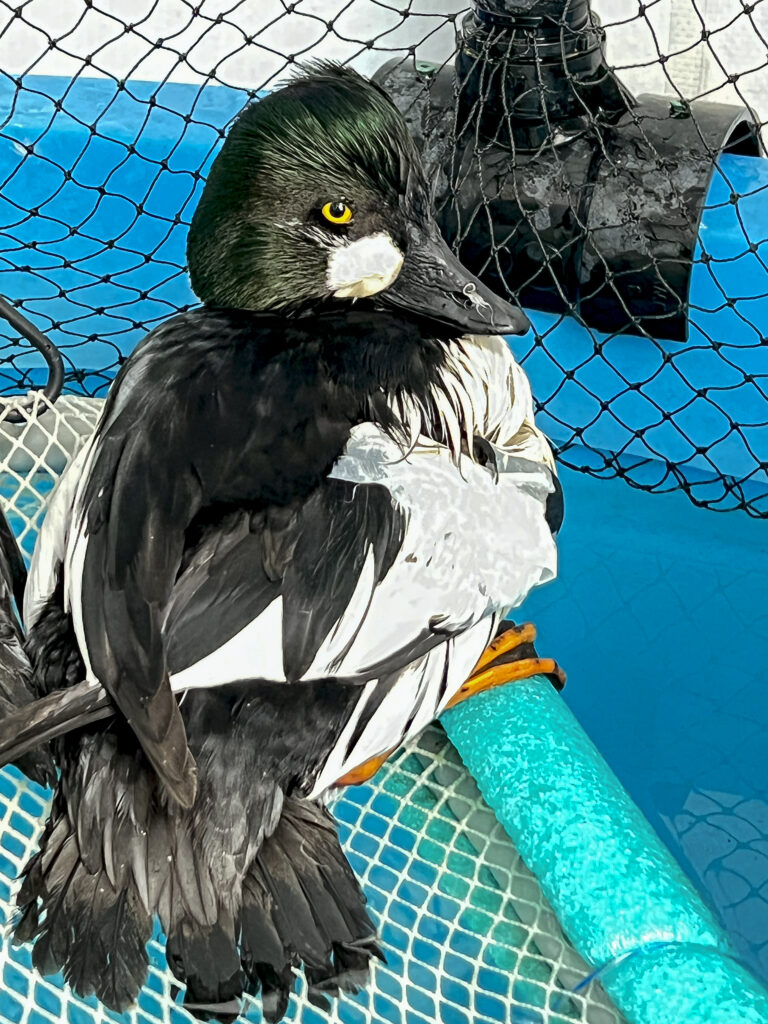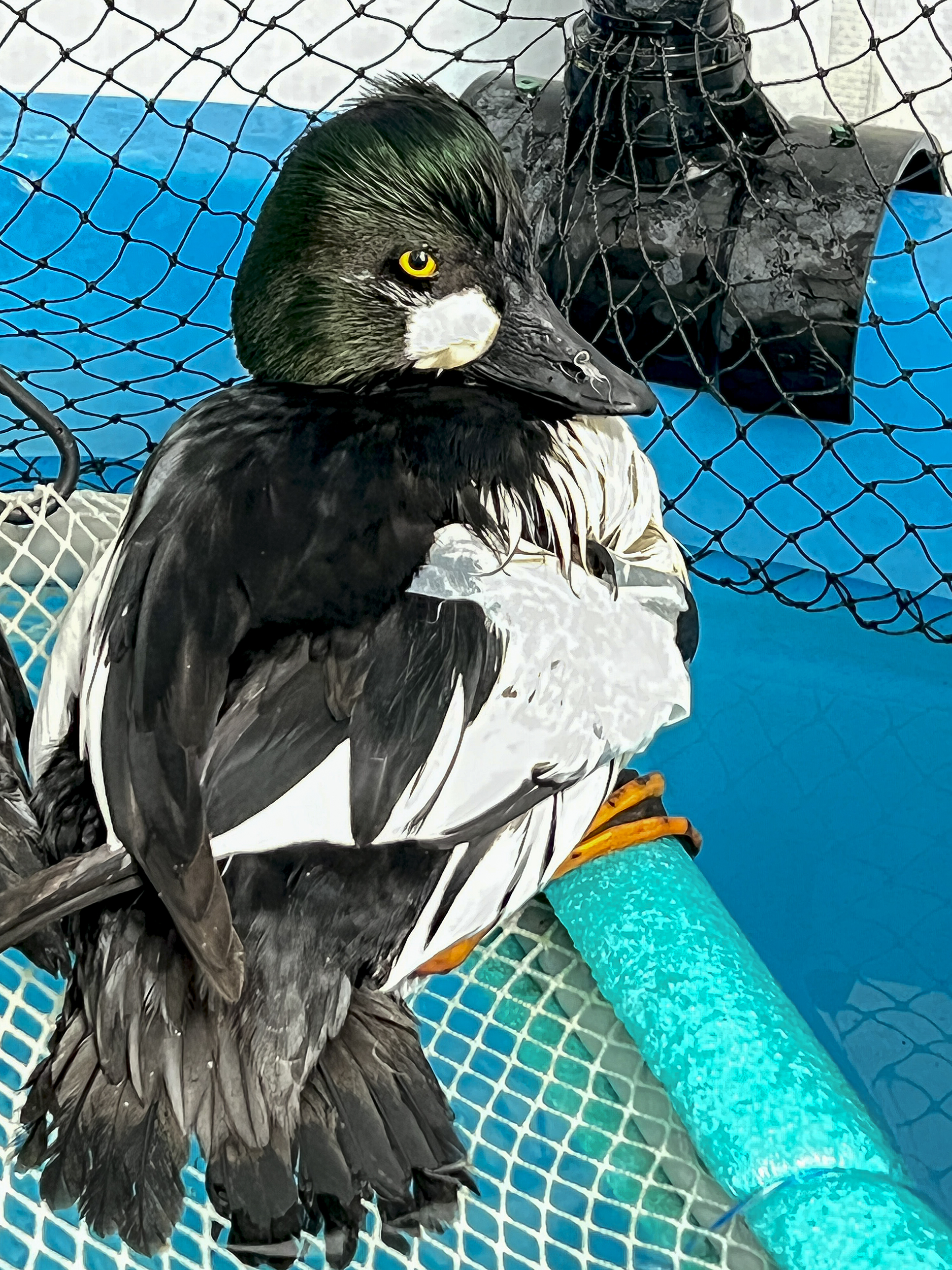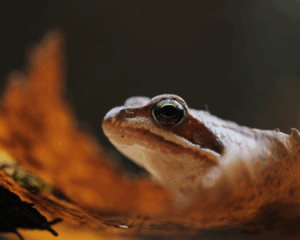by Sydney Nelson
You may know that birds are dinosaurs, or maybe you’ve heard that domestic chickens are a distant relative of the “Tyrant Lizard Kings” themselves, Tyrannosaurus rex. T. rex doesn’t have wings, and chickens certainly don’t have teeth capable of crushing bone, so where are the similarities?
The Feet of Beasts
The group (or clade) of dinosaurs that birds belong to is called Theropoda. Non-avian dinosaurs like T. rex, Velociraptor, Albertosaurus, and Ornithomimids are all theropods, along with avian dinosaurs like owls, parrots, and birds of prey1. Theropods are characterized not only by their hollow bones but by the structure of their feet2. The word theropod means “beast-footed,” and even the most untrained eye can spot the similarities between the giant, beastly feet of a Carnotaurus compared to the scales and talons of a bald eagle’s foot and even the tiny claws of a chickadee. Most theropods have four toes3 that end in claws, compared to our relatively blunt, five-digit mammalian feet. Modern birds rely on their specialized feet to survive like their extinct relatives. With over 1,000 species of birds in North America alone4, it’s no wonder we see so many variations in their feet.
What Is Dactyly?
The word “dactyly” refers to the number and arrangement of digits on any animal5. Humans are pentadactyl, meaning we are typically born with five fingers or toes on each hand or foot. Modern horses are monodactyl, with only one digit (hoof) per limb. Most birds and reptiles are tetradactyl with four digits per limb, while bird feet are further categorized based on the arrangement of their toes. There are five ways that most bird feet are arranged, each providing a unique function or benefit1.

Figure 1. Bird feet – toe arrangement (dactyly, right foot), file licensed under CC BY SA 3.0, by Darekk2.
https://commons.wikimedia.org/wiki/File:Bird_feet_-toe_arrangement(dactyly)_EN.gif
Anisodactyl
Extinct theropods usually had anisodactyl feet, which remains the most common arrangement for birds today. Three toes face forward, and one faces backward, which allows the bird to perch, swim, hunt, or walk on the ground, depending on their needs and niche. For example, peregrine falcons and wood ducks both have anisodactyl feet, but the falcon has raptorial feet, meaning they have sharp talons for hunting. Wood ducks have palmate feet, meaning they have webbed feet for swimming. Grebes have anisodactyl and lobate feet1, so they have the same arrangement of toes, but their toes are lobed with skin rather than webbed.
Zygodactyl
In birds with zygodactyl feet, two toes face forward and two face backward. Birds with zygodactyl feet include pileated woodpeckers and many parrot species1. Zygodactyl feet benefit birds that commonly hang on to, and climb tree bark rather than just perching. These birds can maneuver upside down, giving them an advantage when feeding on insects inside a tree or locating fruit.
Heterodactyl
In the zygodactyl digit arrangement, digits 1 and 4 are facing backward. In heterodactyl feet, digits 2 and 1 are facing backward. Only one group of birds, Trogonidae, which includes trogons and quetzals, have this arrangement1, allowing the same benefits of zygodactyl feet.
Syndactyl
When the second and third toe is fused, it’s called a syndactyl arrangement. Kingfishers have syndactyl feet, creating one wider toe to help them dig and scrape at the dirt they use to build their nest cavities7.
Pamprodactyl
Digits 1 and 4 can face backward or swing forward in pamprodactyl feet. Swifts have pamprodactyl feet, allowing them to bring all toes forward to hook onto vertical surfaces like walls made of brick or wood. Their feet are also relatively small, and their legs are relatively short, so they spend almost no time on the ground8. Common swifts may even stay off the ground for up to 10 months!
Specialized Feet Need Specialized Care
AIWC rehabilitates numerous bird species, many needing specialized diets and habitats. You may already know about some of the variations in their diets, for example, many birds eat seeds and berries, but some are obligate carnivores. But did you know that some birds have feet that require special care? Earlier this year, AIWC admitted a common goldeneye who wasn’t waterproof. When water birds like Goldeneyes can’t waterproof themselves, they risk developing pressure-induced sores on their feet, called pododermatitis. Avoiding and managing issues like pododermatitis requires careful attention from trained specialists, and at AIWC, we are happy to help. If you’d like to join us in providing specialized care to the birds and other animals at AIWC, please consider donating or visiting our online shop!

Figure 2. Common golden eye 23-39 with waterproofing issues.
Footnotes
- Curry, Phillip J. n.d. Paleontology: Theropod Dinosaurs and the Origin of Birds. Accessed 08 06, 2023. https://www.ualberta.ca/admissions-programs/online-courses/paleontology-theropod-dinosaurs.html#:~:text=Paleontology%3A%20Theropod%20Dinosaurs%20and%20the%20Origin%20of%20Birds%20is%20a,to%20the%20origin%20of%20birds.
- Berkeley, UCMP. 2005. Theropod Dinosaurs. 07 19. Accessed 08 06, 2023. https://ucmp.berkeley.edu/diapsids/saurischia/theropoda.html.
- Niccum, Alexis Amador & Jessica. n.d. Bird Dactyly. Accessed 08 06, 2023. https://bio.libretexts.org/Bookshelves/Evolutionary_Developmental_Biology/Evolutionary_Developmental_Biology_(Rivera)/10%3A_Case_Studies/10.2%3A_Bird_Dactyly.
- Couturier, Andrew. 2016. The State of North America’s Birds: Conservation Across Borders. Accessed 08 06, 2023. chrome-extension://efaidnbmnnnibpcajpcglclefindmkaj/http://www.birdscanada.org/download/BWCsu16.pdf.
- Various. 1997-2023. Dactyly. Accessed 08 06, 2023. https://www.bionity.com/en/encyclopedia/Dactyly.html.
- Block, Melissa. 2019. Bird Feet: Avian Multi-Tools. Accessed 08 06, 2023. https://wildbirdstore.com/2022/05/23/bird-feet-avian-multi-tools/#:~:text=Toes%20of%20Clinging%20Birds&text=Owls%20and%20most%20parrots%20also,while%20most%20other%20birds%20cannot.
- Langevin, Angie. 2021. The Mysterious World of the Belted Kingfisher . 06 21. Accessed 08 06, 2023. https://www.trgt.org/bloginput/2021/6/21/the-mysterious-world-of-the-belted-kingfishernbsp#:~:text=Digging%20Feet,they%20build%20their%20nest%20cavity.
- O’Donnell, Jenna. 2016. The Common Swift Is the New Record Holder for Longest Uninterrupted Flight. 11 07. Accessed 08 06, 2023. https://www.audubon.org/news/the-common-swift-new-record-holder-longest-uninterrupted-flight.






